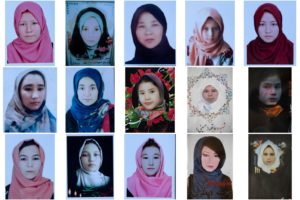Abstract
This comparative study examines the way Israeli Holocaust descendants and Cambodian genocide descendants differentially reconstitute “discontinued” descendant‐ancestor relations with the genocide dead they never knew. Empirically examining the way distant bonds “discontinued” in contexts of warfare and mass suffering are restored in everyday life, this study fills a lacuna in the scholarship on genocide legacies, continuing bonds, and person‐dead contact. Descendants depict channels of engagement with the dead entailing person‐ person‐dead contact, person‐object interaction, and imaginal conversations, constituting copresence and intersubjectivity. Contrary to trauma theory, Holocaust and genocide studies, and the anthropology of absence that reduce relations with the dead to maladaptive identification or the burdensome presence of voided absence, the data points to normalized and empowering relations. Comparative findings contribute to our understanding of the way cross‐cultural meaning making differentially conceptualizes the porous border between the living and their ancestors and informs the restoration of (dis)‐continued bonds.
Citing Literature
Number of times cited according to CrossRef: 3
- Ori Katz and Yael Hashiloni‐Dolev, (Un) Natural Grief: Novelty, Tradition and Naturalization in Israeli Discourse on Posthumous Reproduction, Medical Anthropology Quarterly, 33, 3, (345-363), (2019).Wiley Online Library
- Elena Lesley, Lessons for the Future: Khmer Rouge Survivor Testimonies as Sites of Individual and Social Regeneration, Ethnos, 10.1080/00141844.2019.1681487, (1-22), (2019).Crossref
- Carol A. Kidron and Laurence J. Kirmayer, Global Mental Health and Idioms of Distress: The Paradox of Culture-Sensitive Pathologization of Distress in Cambodia, Culture, Medicine, and Psychiatry, 10.1007/s11013-018-9612-9, (2018).Crossref




